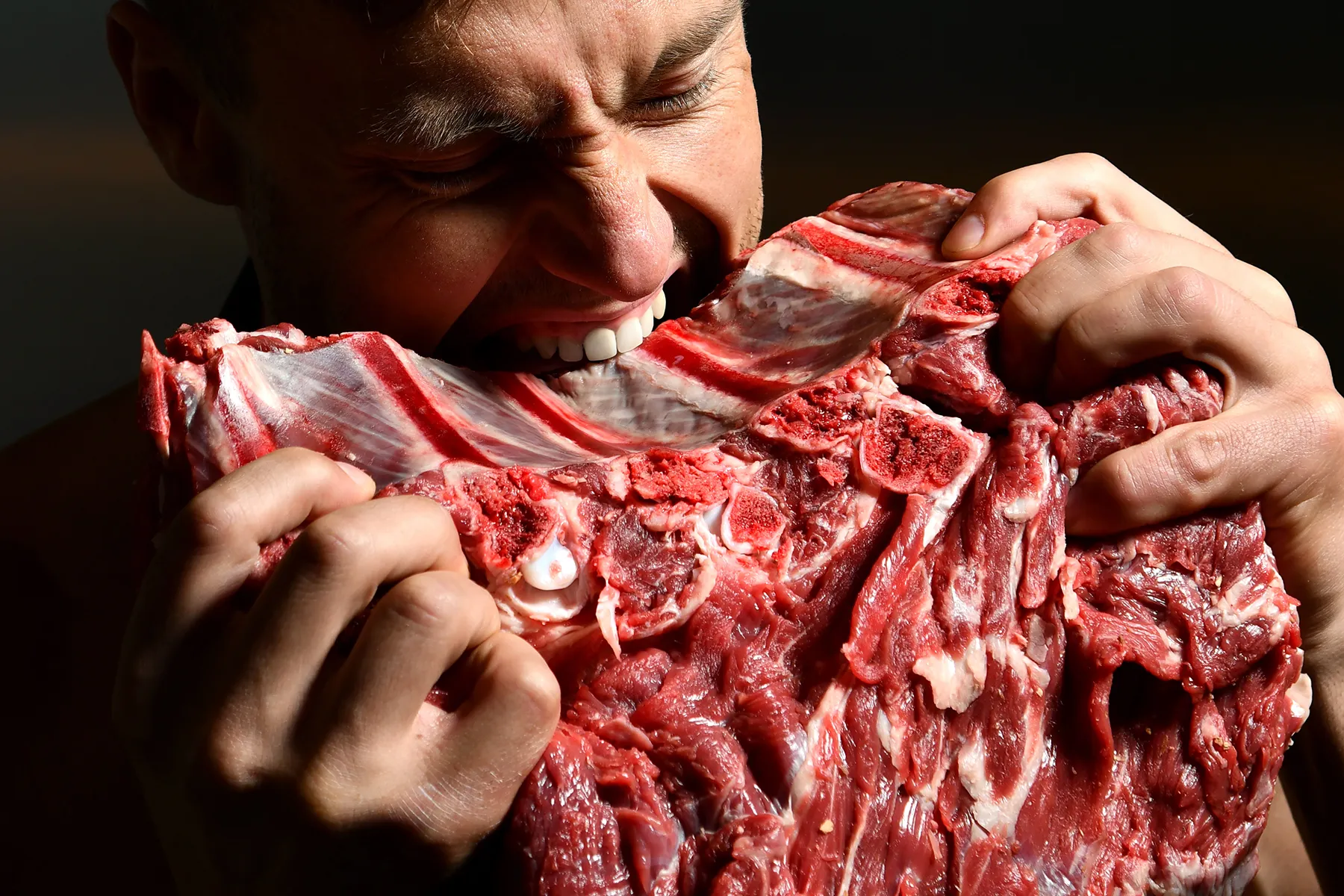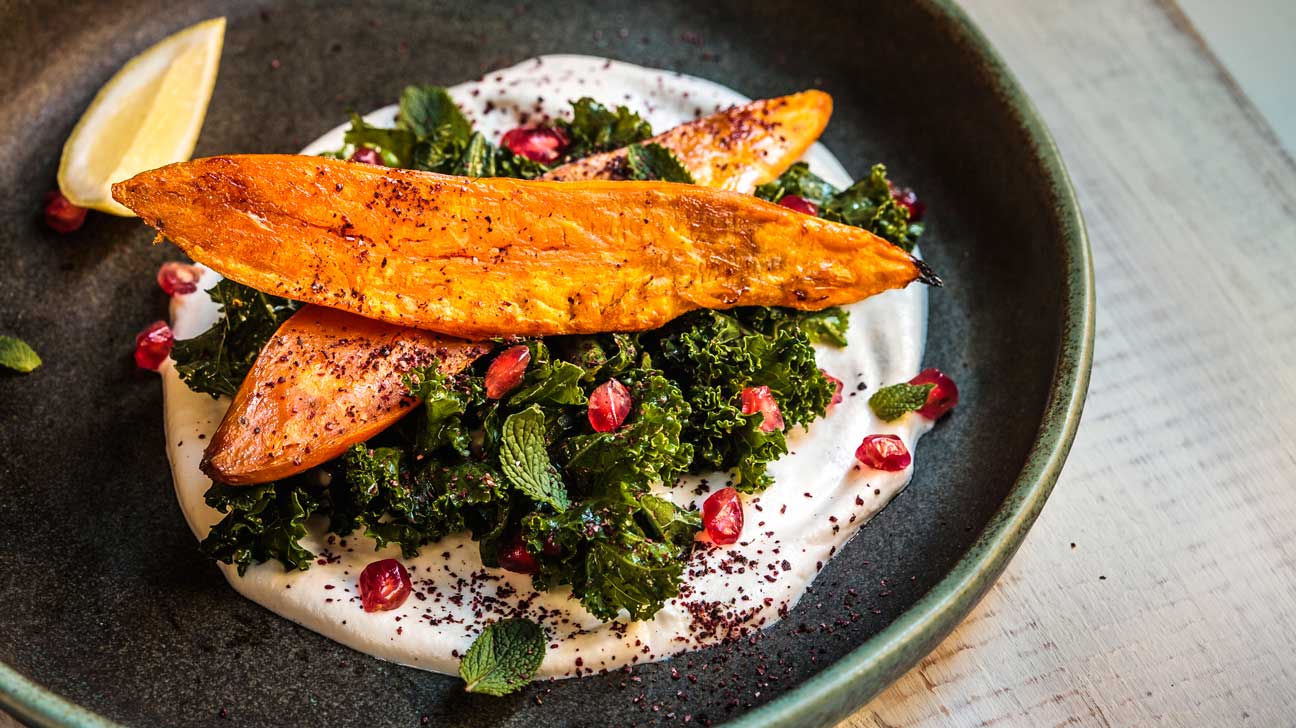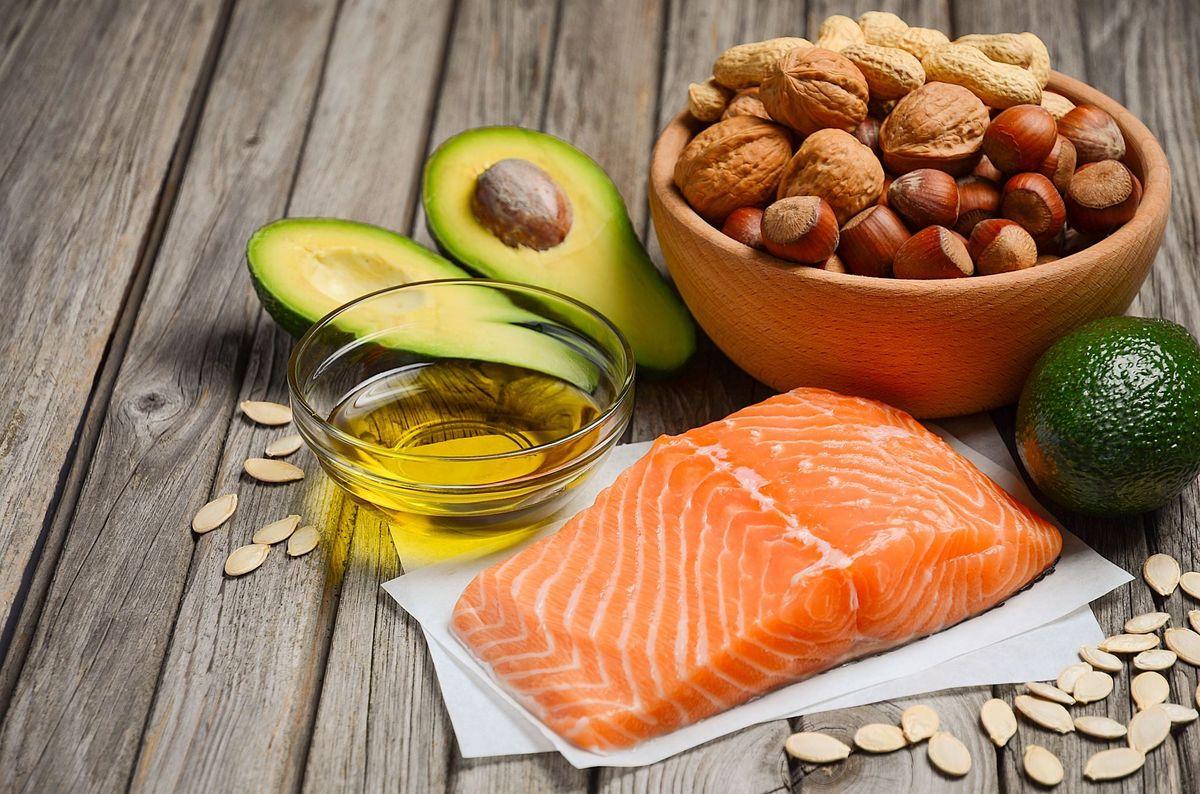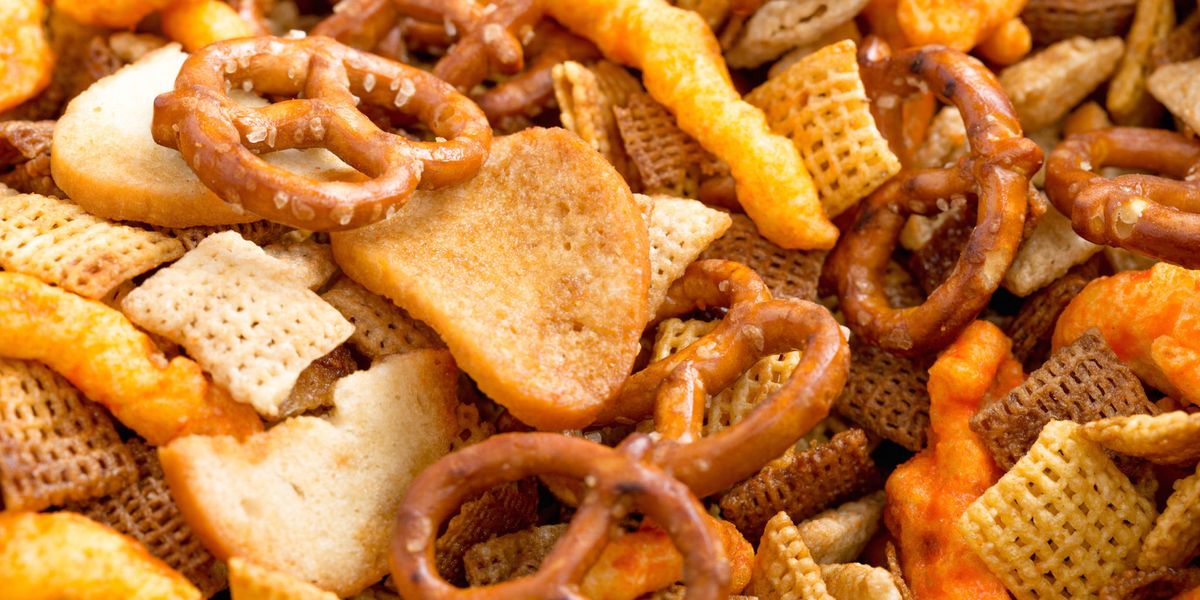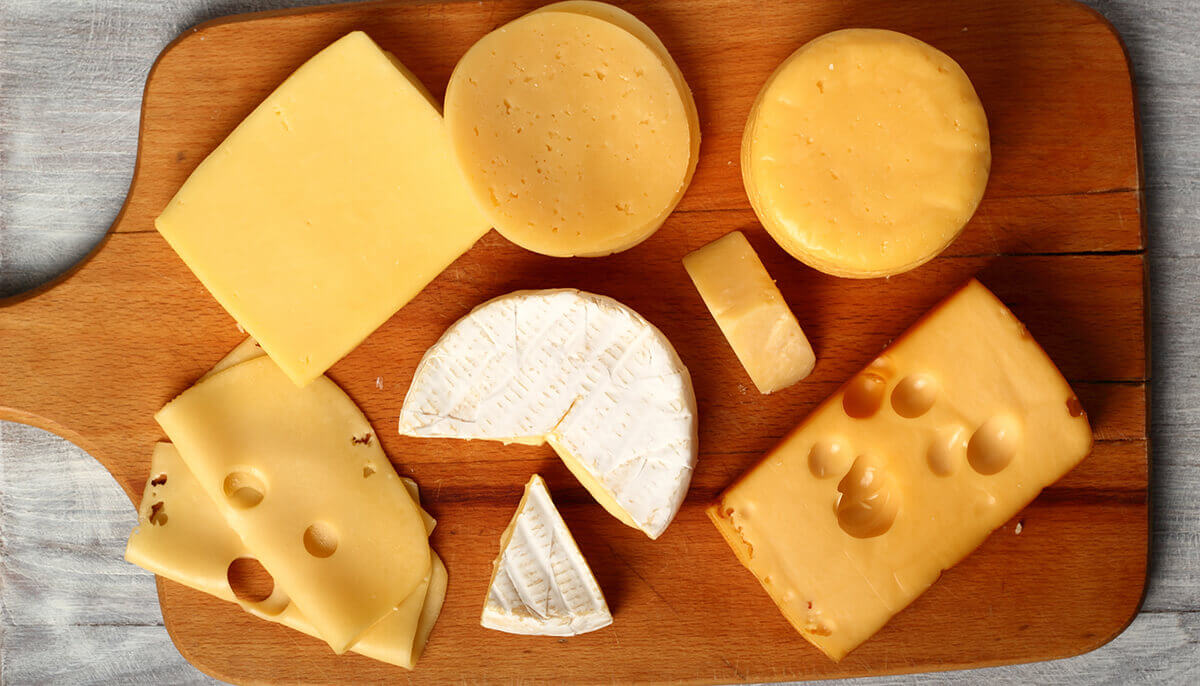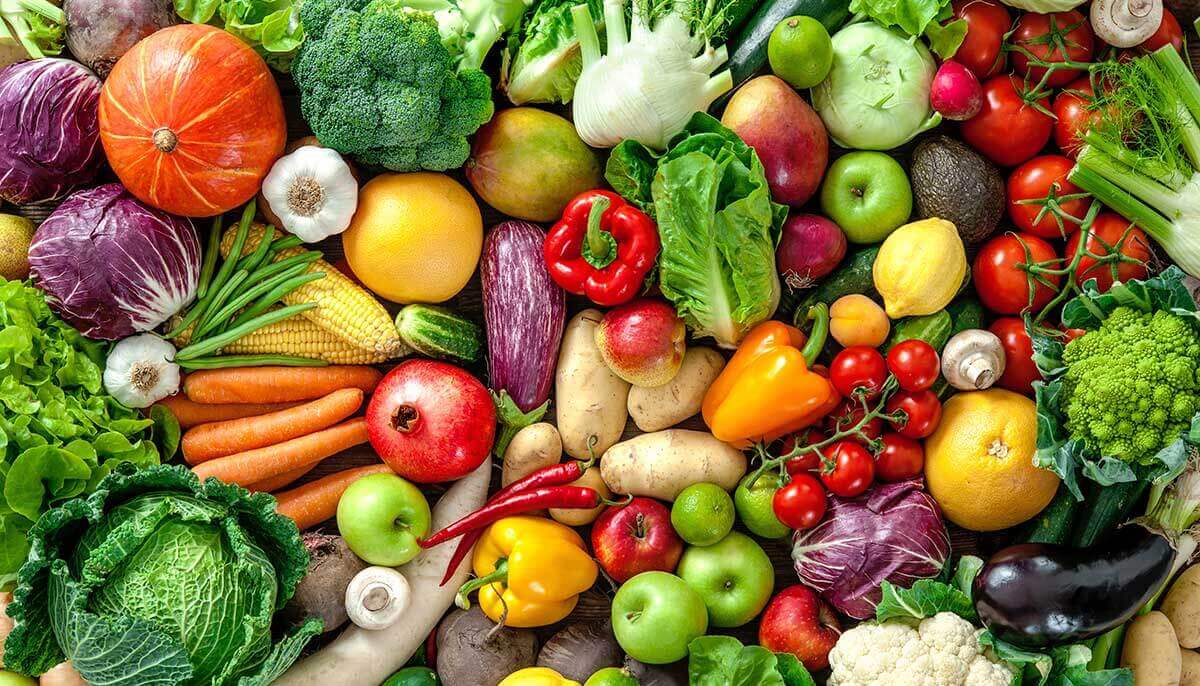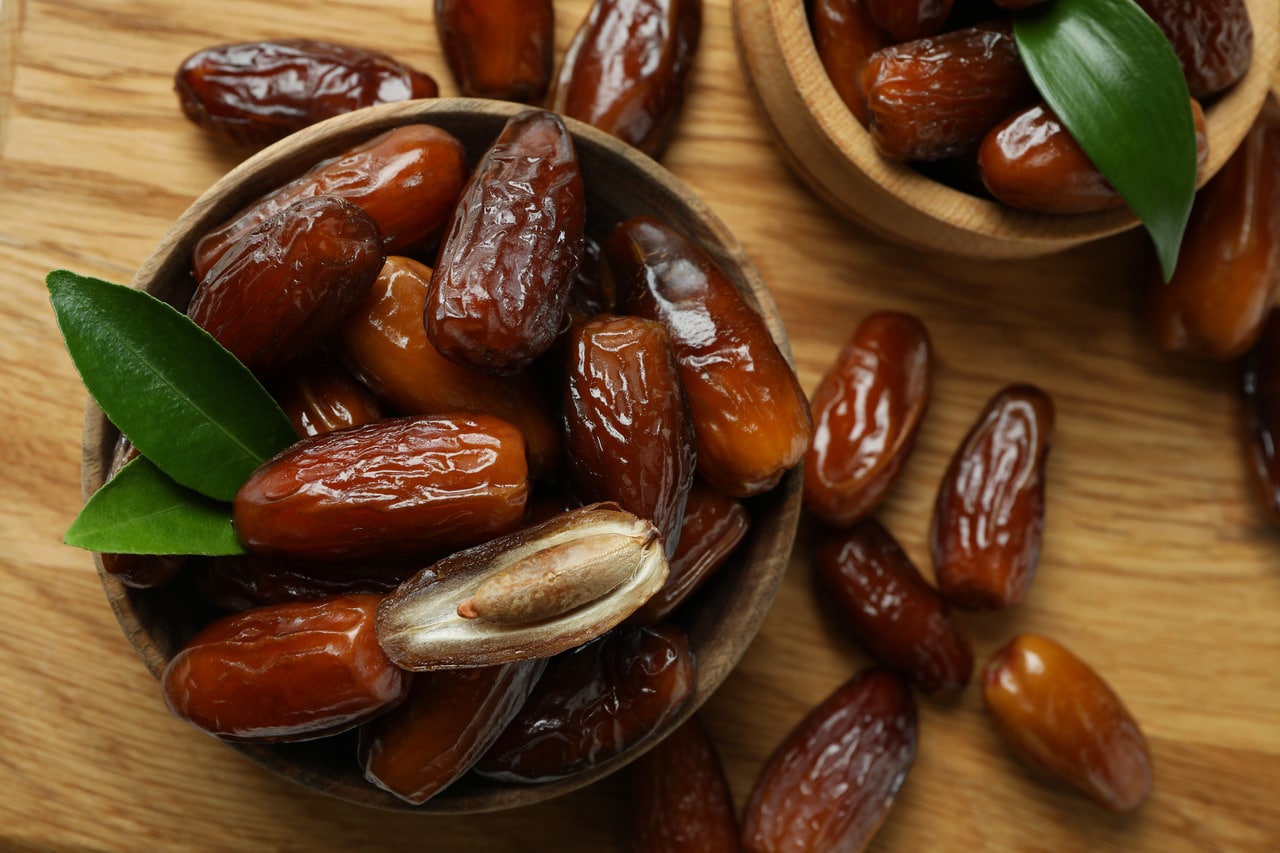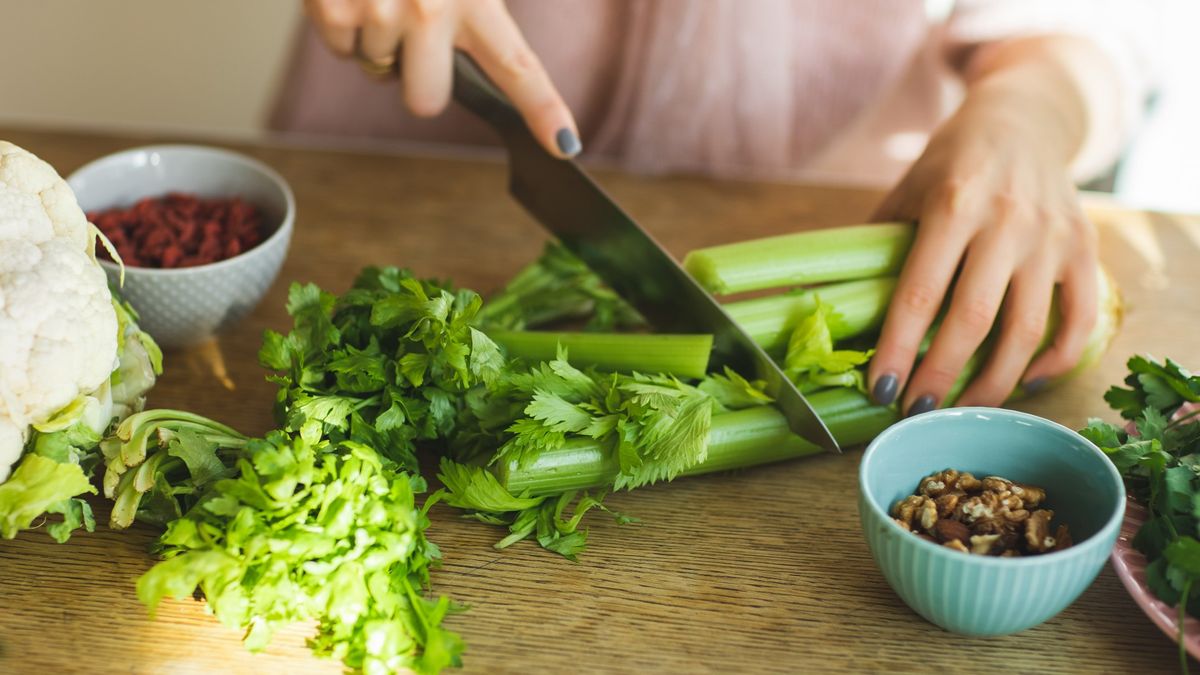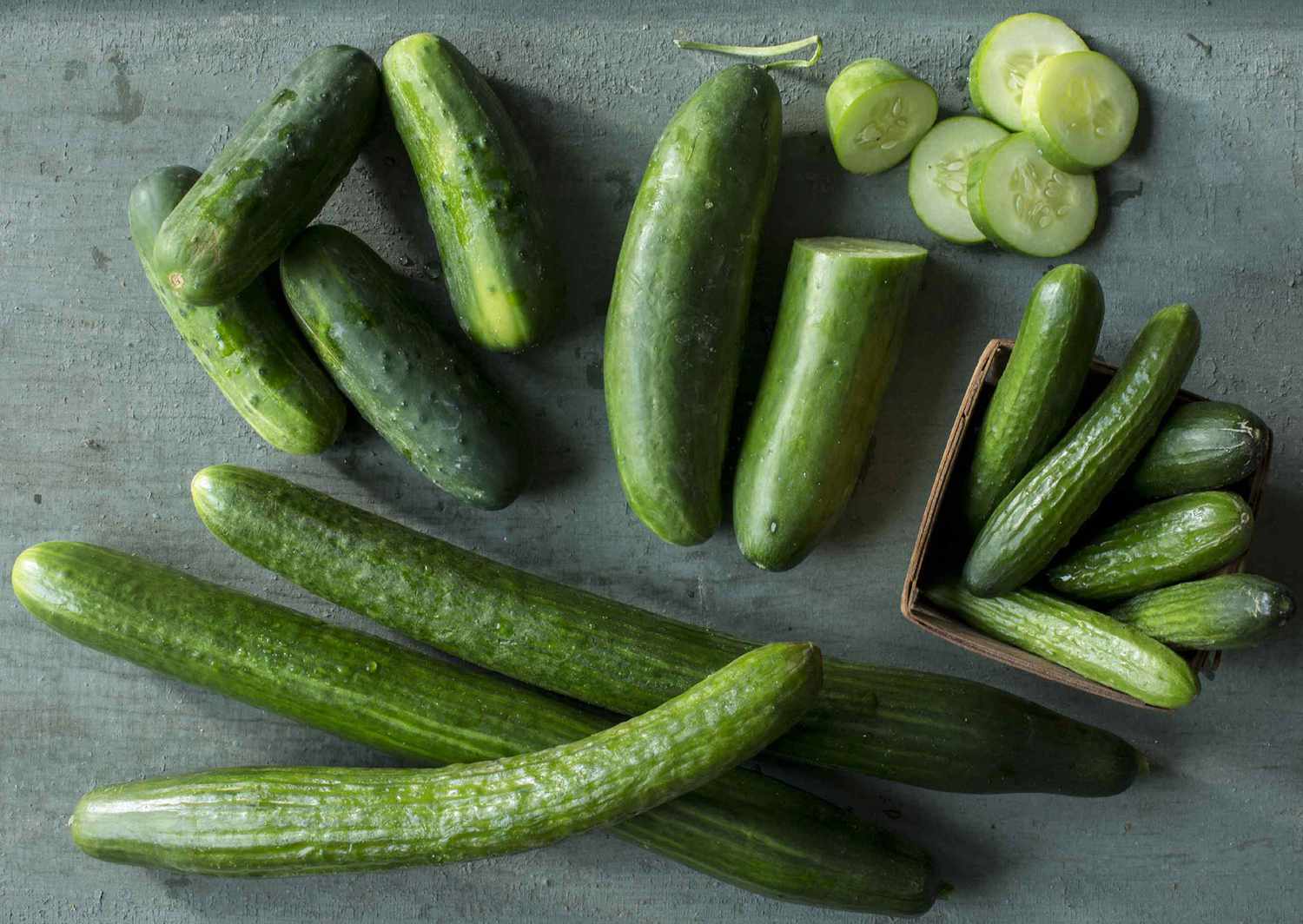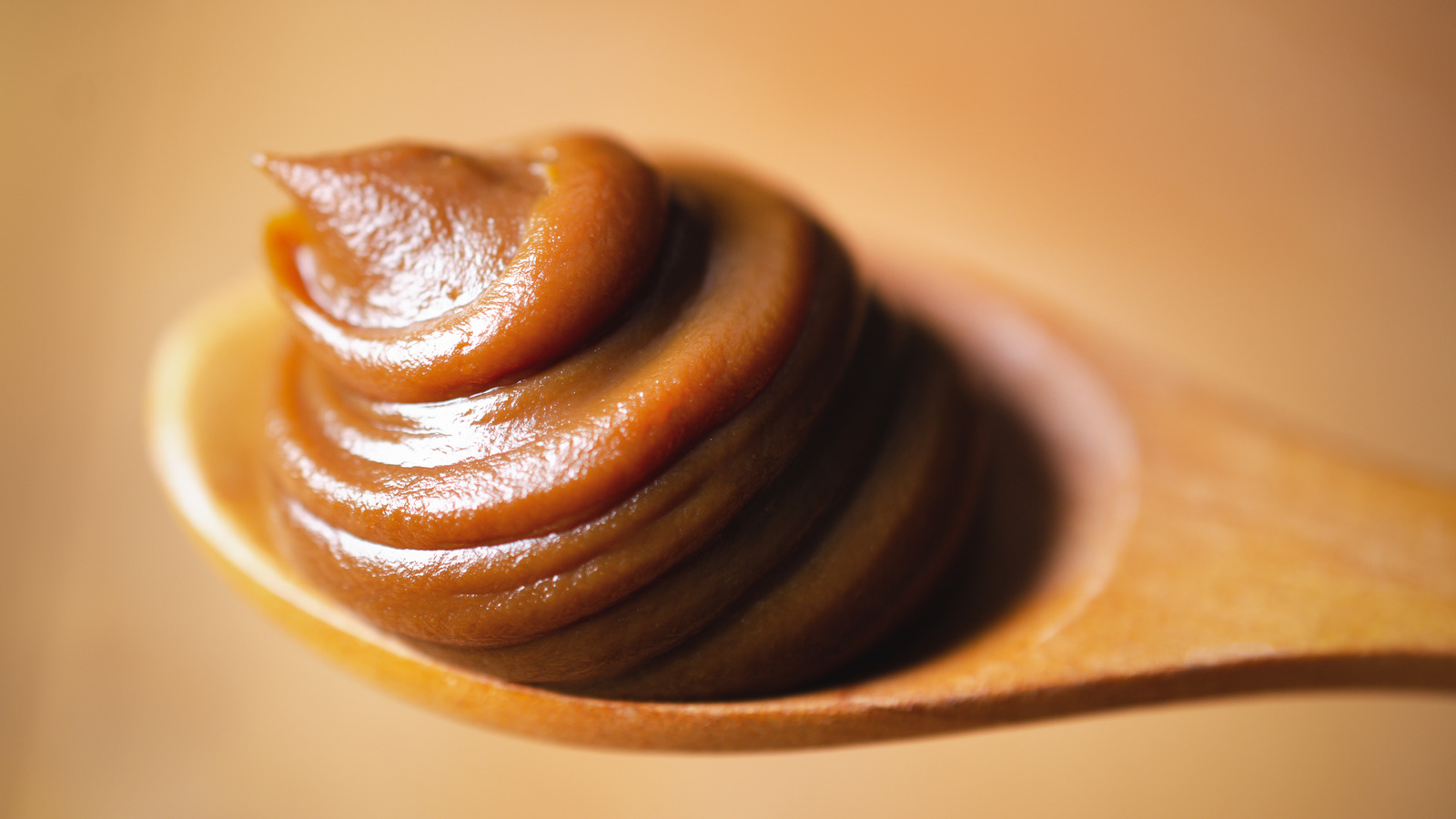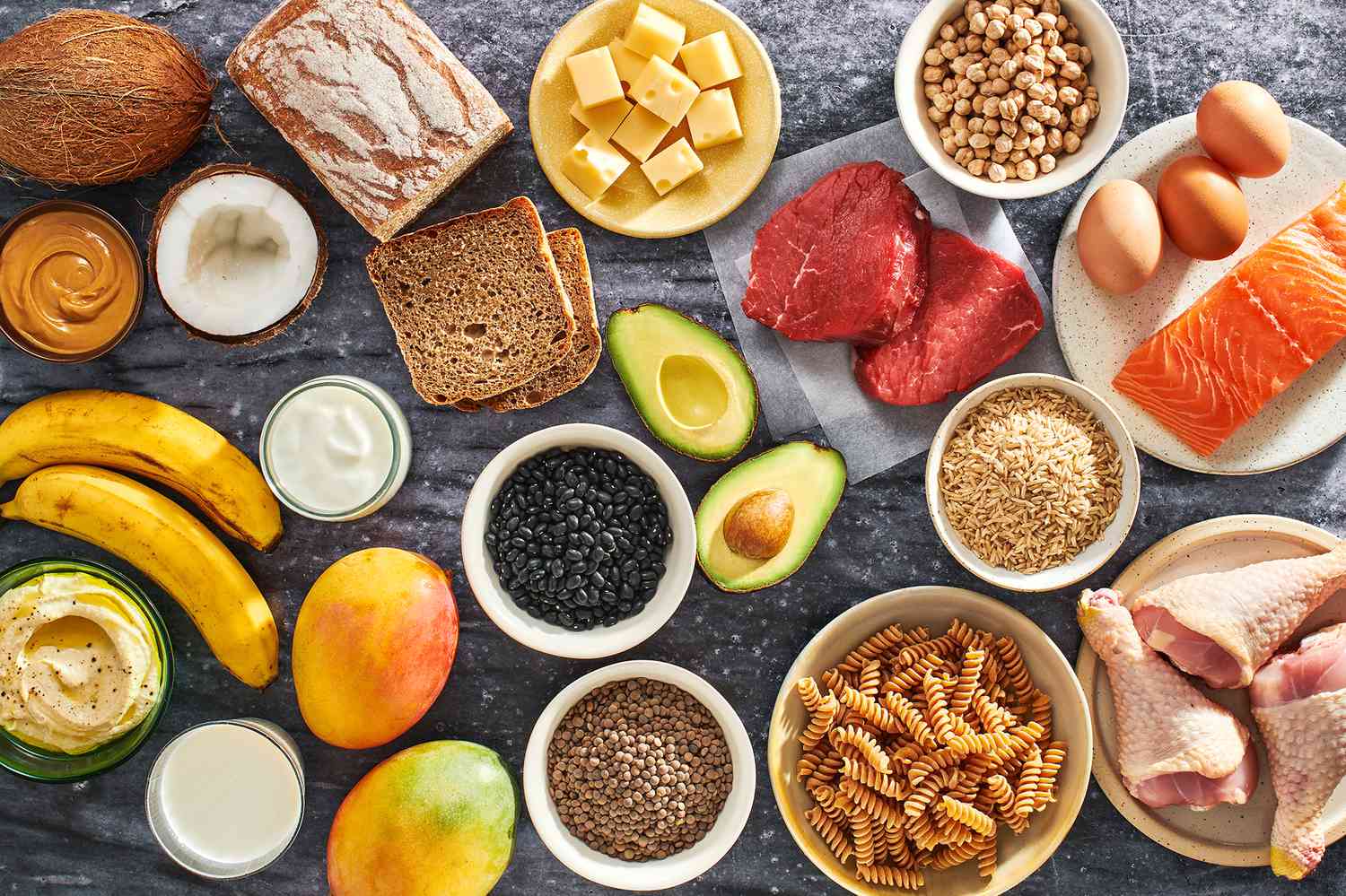Understanding the High-Fat Diet
Following a high-fat diet, also known as a ketogenic diet, involves consuming a diet that is high in healthy fats, moderate in protein, and low in carbohydrates. This approach aims to shift the body’s metabolism from using carbohydrates as the primary source of energy to using fats, leading to a state of ketosis.
Benefits of a High-Fat Diet
Embracing a high-fat diet can offer several potential benefits, including:
- Weight loss: By reducing carbohydrate intake, the body is encouraged to burn fat for fuel, which may lead to weight loss.
- Improved energy levels: Many individuals report sustained energy levels and reduced energy crashes when following a high-fat diet.
- Mental clarity: Some people experience improved mental focus and clarity when their bodies are in a state of ketosis.
- Controlled blood sugar levels: A high-fat diet can help stabilize blood sugar levels, making it beneficial for individuals with diabetes or insulin resistance.
How to Follow a High-Fat Diet
Transitioning to a high-fat diet involves making significant changes to your eating habits. Here are some tips to help you successfully follow a high-fat diet:
Focus on Healthy Fats
When following a high-fat diet, it’s essential to prioritize healthy fats, such as:
- Avocados
- Coconut oil
- Olive oil
- Nuts and seeds
- Fatty fish like salmon and mackerel
Limit Carbohydrate Intake
Reducing your carbohydrate intake is crucial when following a high-fat diet. Be mindful of starchy vegetables, grains, and sugary foods, as they can hinder your body’s ability to enter ketosis.
Moderate Protein Consumption
While protein is an essential macronutrient, consuming too much protein can interfere with ketosis. Focus on moderate portions of protein sources such as poultry, eggs, and grass-fed meats.
Stay Hydrated
Drinking an adequate amount of water is important for overall health and can support your body as it adapts to a high-fat diet. Aim to drink at least 8-10 glasses of water per day.
Gradually Transition
Transitioning to a high-fat diet can be a significant change for your body. Consider gradually reducing your carbohydrate intake while increasing your healthy fat consumption to allow your body to adjust more comfortably.
Seeking Professional Guidance
Before making any significant changes to your diet, especially one as impactful as a high-fat diet, it’s essential to consult with a healthcare professional or a registered dietitian. They can provide personalized guidance and ensure that you are meeting your nutritional needs while following a high-fat diet.
By following these tips and staying mindful of your body’s response, you can successfully embrace a high-fat diet and potentially reap its associated benefits.
